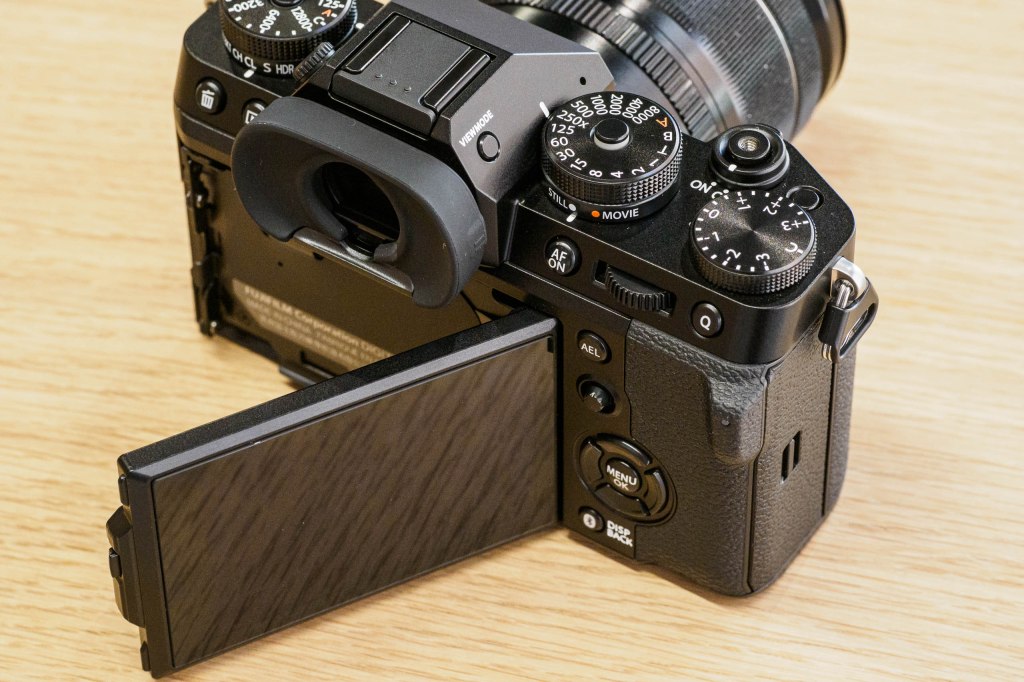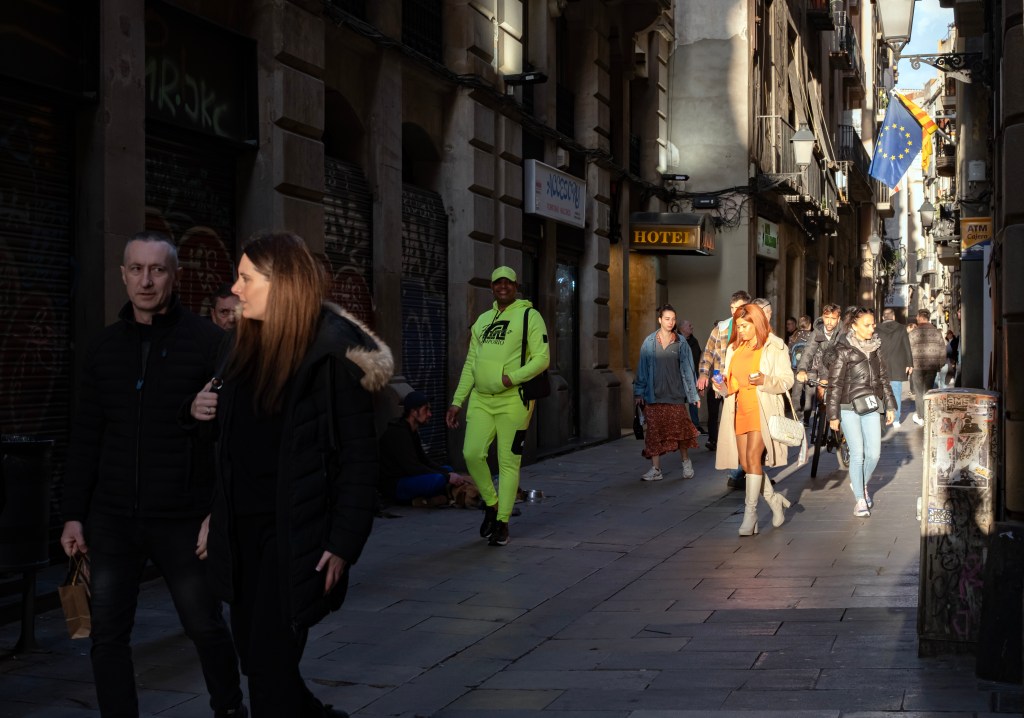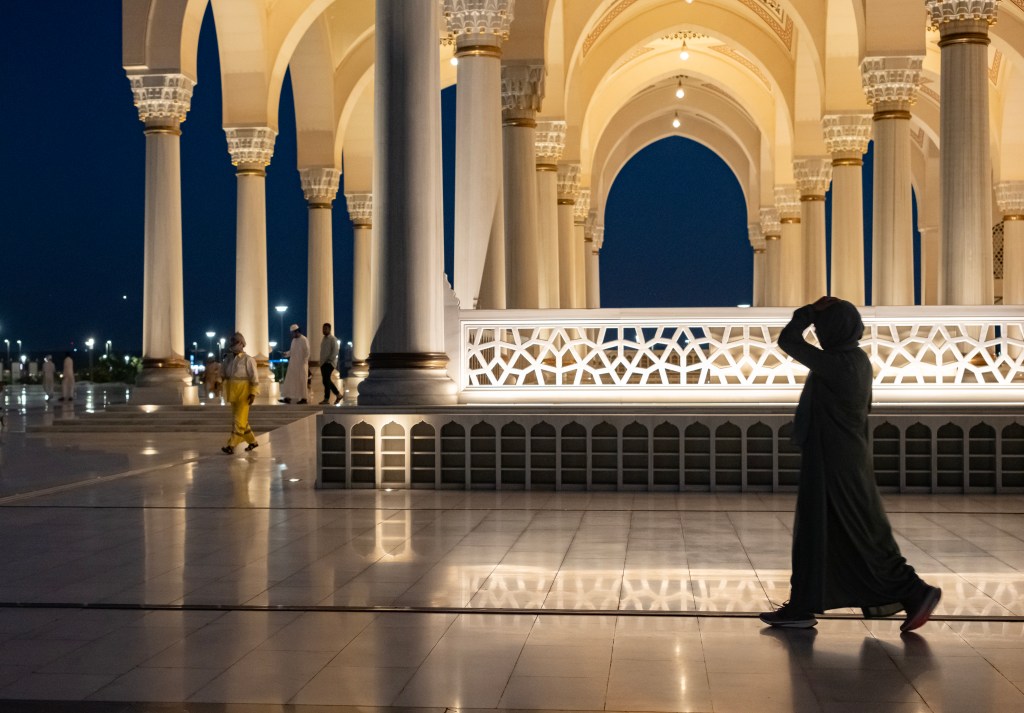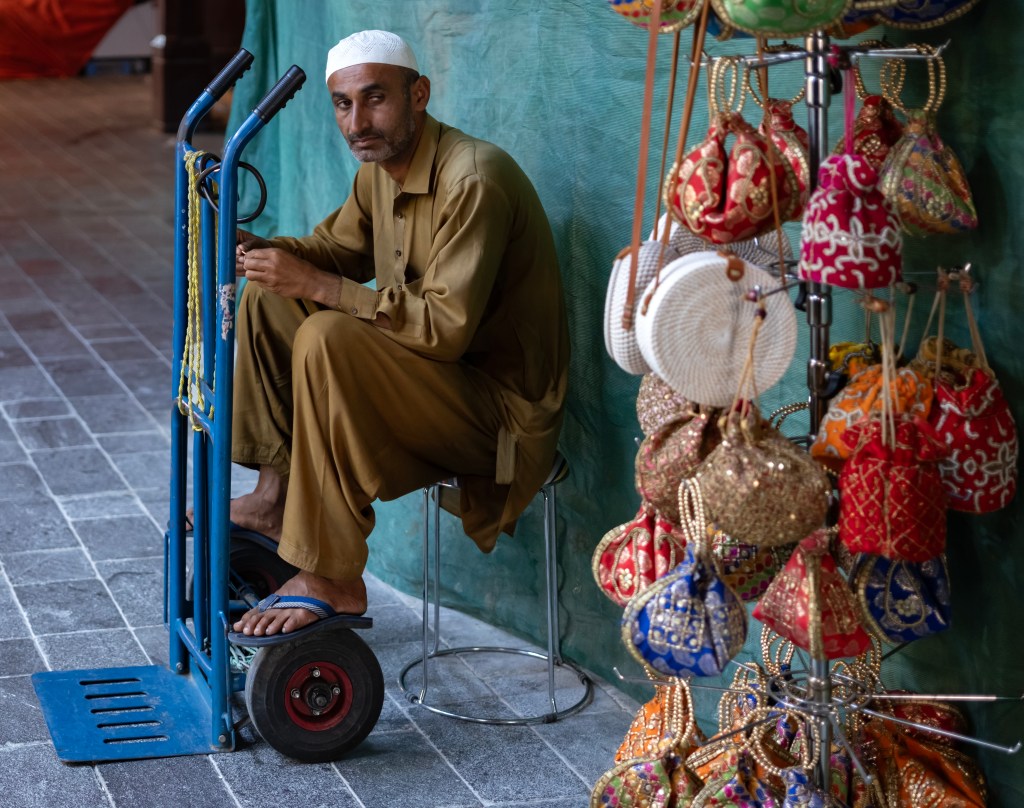We’re really spoilt for choice when it comes to quality mirrorless cameras and lenses, so what is it about the Fujifilm X-T5 that has got me excited?
As well as earning my crust as AP’s deputy editor, I love travel and street photography, and often combine the two preoccupations on overseas trips for the magazine, so travel cameras always pique my interest.
Maybe it’s a man thing – and being bald, sorry stylishly shaved, means I don’t need to worry about hair-care impedimenta – but I travel light, avoiding checking-in luggage like the plague. Modern airports are already a drag, without wasting further time at baggage collection.
So, I think a lot about what cameras and lenses to take abroad, as space-saving portability is a priority. I’ve taken lots of gear on the road over the years, some I owned, some in for review, but I am now a total Fujifilm X-T5 fan boy.
Fujifilm X-T5: what’s to like
Full disclosure: despite my job, I’ve not actually used Fujifilm cameras much, so I viewed their cult-like following with a detached bemusement. High-end X-series cameras are ‘just’ APS-C after all, and while good value, not exactly an impulse purchase when you add a quality lens.
But I too am now a happy-clappy X-T5 cult member, displaying all the evangelising zeal of the newly converted. First, it looks great. Despite their fancy tech, many flagship mirrorless cameras just look… meh. The Fujfilm XT-5’s dial-based design, however, has a lovely retro allure, without being contrived.
It looks cooler than its nearest competitors, the Canon EOS R7 and Sony Alpha A6700 (don’t get me wrong, these are also fantastic cameras, and beauty is always in the eye of the beholder).

Even better for travel and street work, it’s relatively light at 557g, striking a balance between the Canon (612g) and the Sony (493g). Being a prime lens fan, I also have the excellent XF33mm F1.4 R LM WR lens, which bulks things out at 360g, but the system is still very compact, and there is a wide choice of lighter lenses.

Second, I now really like the top dial layout for adjusting key settings (see above). As a relative Fujifilm newbie, the lack of a PASM dial initially confused and frustrated me. Picking the subcontinent-sized brain of AP’s technical editor, Andy Westlake, soon sorted me out, however, and now it all makes sense.
It took a while to recalibrate, but I am now a dab hand at changing aperture (via the lens ring), shutter speed, ISO and exposure compensation on the fly.
Third, the AF is very impressive. Given the pace of technological change, it’s probably no longer cutting edge – again, I’ll need to ask Andy about this – but it’s plenty good enough for me. As I mainly take photographs of people, I still like the reassurance and control you get from moving single point AF, and the X-T5’s joystick makes this fast and easy.
Face detection is generally very reliable too, and there aren’t lots of confusing options to bog you down. Obviously, that beautiful lens helps a lot, as does the 5-axis in-body image stabilisation, but I am really pleased with the AF performance – even when shooting from the hip.

The EVF is also bright and accurate, and the flip-up rear screen great for staying discreet on the street or capturing different angles.
Yes, it’s much bigger than a phone, but I only got the ‘no photos’ hand gesture two times during my recent trip to the very touristy Barcelona, and that was probably because I was hanging around too long (not that I am trying to take pictures in any kind of underhand way: I’ll happily ask people for street portraits if appropriate, and offer to send the images to my subjects.)
I’ve heard a lot about Fujifilm’s in-camera film emulations, and again, I’m now a true believer. As I prefer to edit raw files in Lightroom, I’ve only really used Velvia/Vivid, but already love the rich colours and tones.

This camera also has me wondering whether I’d need to shoot raws at all, as the quality of the JPEGs is so good. I probably will, as I like to have as much flexibility as possible, but if somebody held a gun to my head and said I could only shoot JPEGs with the X-T5, I wouldn’t complain too much.

The lack of a full-frame sensor is not an issue for me, as the 40Mp files are large and detailed, with handy raw options if you need to save storage. ISO performance is so good that I can forget about it on Auto mode, though I still don’t like to go beyond 3200 if I can avoid it, regardless of the camera.

Fujifilm X-T5: what’s not to like
Before this sounds like a total X-T5 love-in or a Fujifilm advertisement, there are a few things that annoy me. Probably the biggest niggle is the slack shooting mode ring, which sits directly under the ISO dial. It shifts from single shot to burst mode very easily, especially when you pull the camera out of a bag, and manages to be too loose and hard to adjust.
Fumbling fingers can also change the primary card slot by unwittingly activating the menu, which resulted in a lost image panic, and I also question the decision to put the delete button right next to image preview. Several times I could have deleted a picture when all I wanted to do was look at it, so you need to be mindful.
The menu system is not particularly intuitive either, though Fujifilm is not alone in this. Hopefully, all the menu designers from the big Japanese makers will swallow their pride and follow the example of Leica’s world-beating interfaces.

The Fujifilm X-T5 gets my vote
So that’s it really. Fujifilm fans will have noticed that I haven’t covered all the features here, simply because I haven’t used them yet – notably the 160MP pixel-shift multi-shot mode, as I resent taking tripods anywhere these days.

But the X-T5 does everything I need right now for street and travel photography, and it’s hard to think of another camera in the price range that I’d rather take with me on trips. Yes, all the cool kids are more interested in the new Fujifilm X100VI at the moment, but if you don’t want to wait months to get a camera, and want the flexibility of interchangeable lenses, the X-T5 is a no-brainer alternative for my money.
On the subject of which, you will also save over $100 / £100 if you eschew the X100VI, though you’ll also need to budget for a lens that does the X-T5 justice.
Further reading
The best Fujifilm camera to buy right now
The best Fujifilm X-mount lens
Why is there no Fujifilm X100VI alternative?
Follow AP on Facebook, Twitter, Instagram, YouTube and TikTok.











